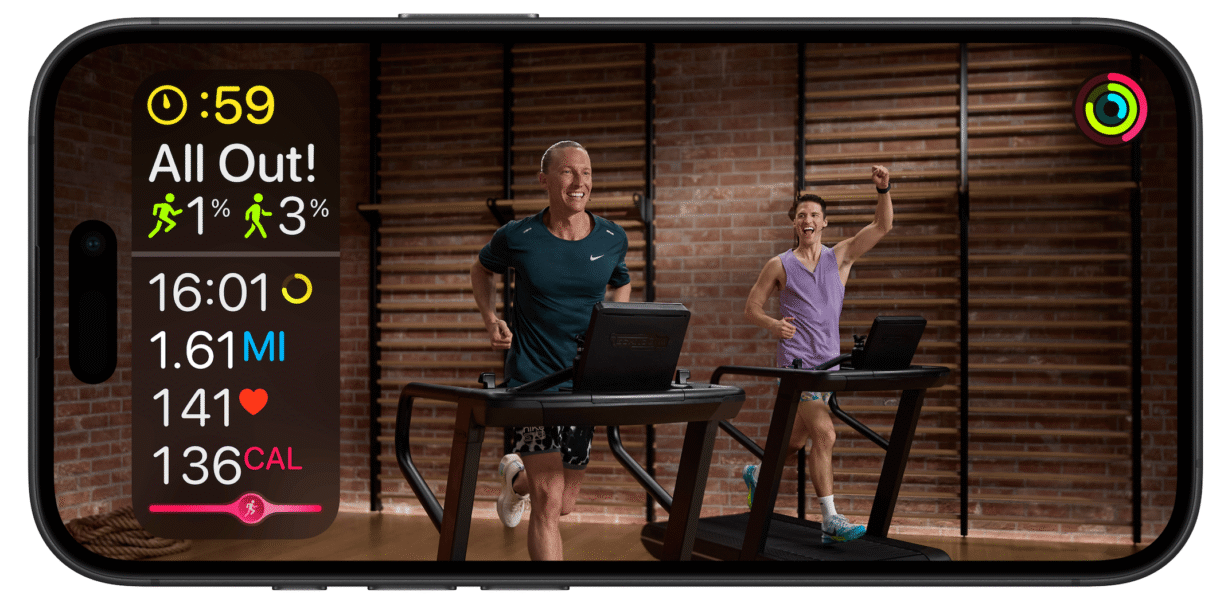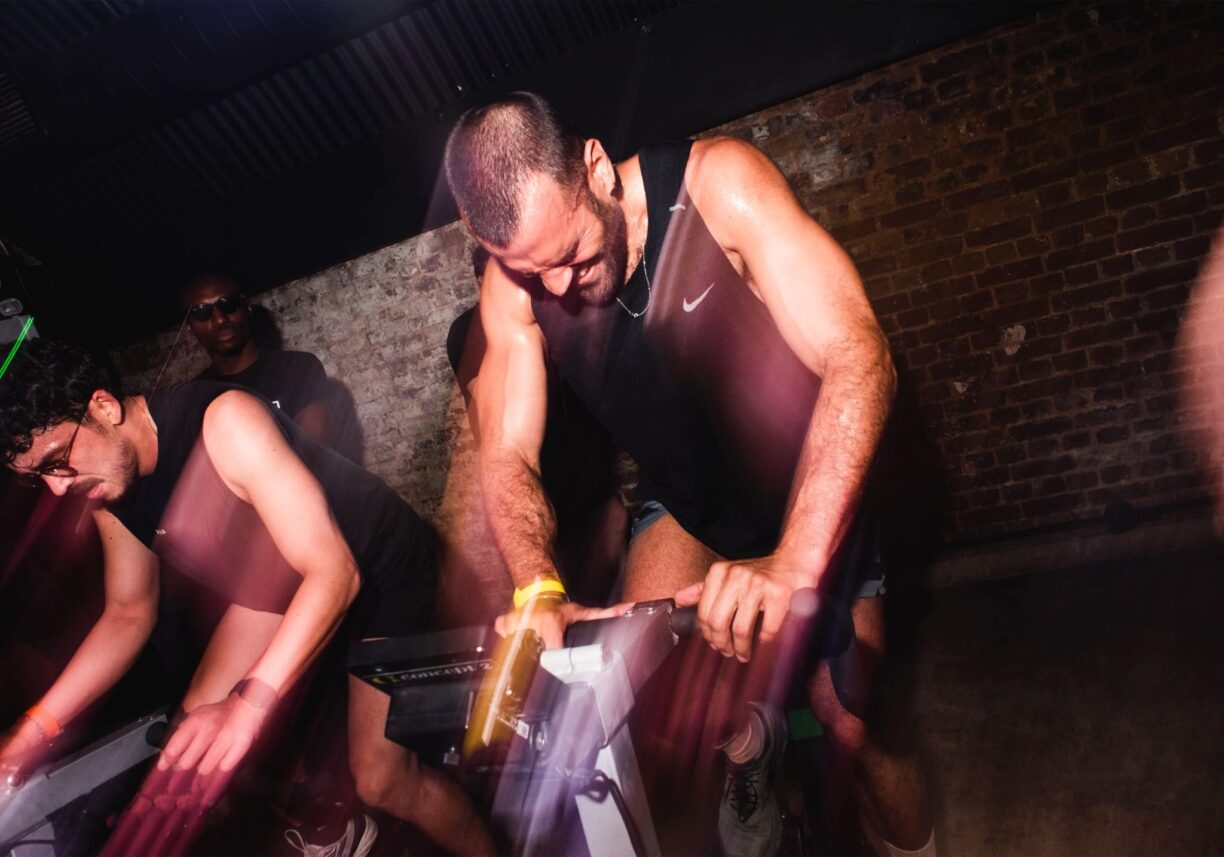As gyms across the country have reopened, gym-goes are getting back into their usual routines. However, there are a lot of commonly believed myths, some of which can be dangerously influencing the way that people structure their workouts.
Interested in these, MyVitalMetrics.com conducted a survey of 2,486 gym-goers to determine which fitness myths are most widely believed in the UK and put an end to them!
The results are as follows:
| Fitness myth | % that believe |
|---|---|
| You should work out every day | 64% |
| Women need different exercises to men | 53% |
| You should do at least 20 minutes of cardio to make it worth your while | 45% |
| Excessive sweating during exercise makes you lose weight faster | 41% |
| Your muscle will turn to fat once you stop working out | 40% |
| You can target fat burn | 37% |
| Early mornings are the best time to work out | 36% |
| Celery is negative calories | 32% |
| Doing lots of cardio is the best way to lose weight | 29% |
| Not feeling sore means that you didn’t get a good workout | 27% |
64% of gym-goes believe that ‘you should work out every day’ which is in some cases correct, but this belief can lead to over-exertion.
This belief is usually paired with, ‘the more exercise you do, the better’ and this is not the case – there is such a thing as too much exercise! Your body needs rest to allow the muscles to recover and avoid burnout or risk of injury.
‘Women need different exercises to men’ is the second most believed fitness myth, with more than 1 in 2 (53%) trusting this statement!
The principles of training are the same for men and women. Although there are small tweaks that can be made for both sexes, women don’t need to train differently – this stereotype can be damaging to women’s workout routine.
Following as the third most believed fitness myth is ‘you should do at least 20 minutes of cardio to make it worth your while’, as 45% agree.
You can get extremely efficient and effective workouts done using HIIT, where the body doesn’t require any lengthy workout for positive results, with some only lasting several minutes.
‘Excessive sweating during exercise makes you lose weight faster’ is among the most believed myths, with more than 2 in 5 (41%) holding this opinion.
Sweating is the process of the body cooling down to help you maintain a steady body temperature and is not an indicator of workout intensity or results.
The fifth most believed myth is that ‘your muscle will turn to fat once you stop working out’, with a whopping 40% assuming this is true.
This is a common misconception as fat cells are different structures and not interchangeable – your body just becomes less toned as you stop working out.
The top five most heard myths are as follows:
| Fitness myth | % that have heard of it |
|---|---|
| Foods that contain fat are bad for you | 77% |
| Carbohydrates are bad for you | 68% |
| Women need different exercises than men | 59% |
| Doing lots of cardio is the best way to lose weight | 54% |
| Not feeling sore means that you didn’t get a good work out | 50% |
Owen Hutchins, fitness expert and founder of MyVitalMetrics.com, has provided some insight on the widely believed fitness myths.
“After discovering just how many gym-goers believe these myths, it is imperative that they make changes to their fitness routine in order to have an efficient workout.
As many will be eager to return to the gym, they should make sure that all of the fitness statements they follow are true.
If you are following a home-made fitness routine, you should definitely fact check what you think you know to reduce the likelihood of injury and avoid wasting time! Here are the truths about some of the myths:
Myth: Cardio is the best way to lose weight
If your fitness or weight loss regime only includes cardio, it is likely your body will prefer to cannibalise its own muscle to make up for the calorie deficit.
The body needs a stimulus to hold onto muscle and to take the calories from stored fat. Resistance training provides this stimulus and therefore should be an essential part of every fitness regime.
Myth: Spot-targeted fat loss
There is nothing you can do in the gym itself to preferentially lose fat from a particular area of the body. The body controls where it puts fat and will determine itself where to lose it from.
Certain hormone profiles can cause stubborn fat in your thighs, around the belly, or the love handles, but changing this hormone profile isn’t something most people can tackle in the gym.
Myth: You need to sweat to lose weight
While some cardio can be done at higher intensities (e.g. HIIT) and be extremely beneficial for fat loss, you would usually need to work at a more moderate intensity and for longer.
This is because when working at higher intensities the body switches to carbohydrates for fuel because it takes longer to convert stored fat.
Furthermore, you may not sweat much during weight training but the body’s increased energy requirements to repair the muscle can last for 48 to 72 hours.
Myth: Muscle turns to fat if you stop working out
Muscle cannot turn to fat, nor vice versa. If you stop working out, you should adjust your calories down accordingly.
If you don’t, then you will be eating too much, and start to put on fat in the normal way. At the same time, if your body is not using the muscle in the way it used to, it will cannibalise it and you’ll lose it.”
Methodology:
MyVitalMetrics.com surveyed 2,486 gym-goers in July 2020, asking them to select all of the fitness statements that they believe to be true, followed by asking which of these myths they have heard of.





